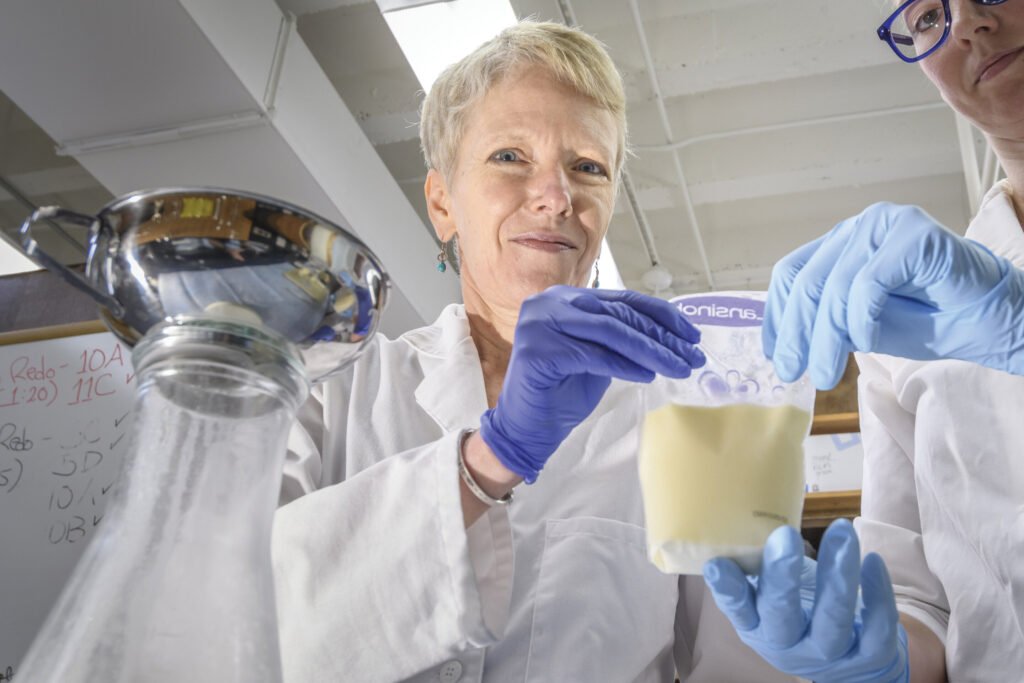A groundbreaking study has recently uncovered significant variations in the nutritional composition of donor human milk across different countries. This discovery has the potential to revolutionize how hospitals support critically ill preterm infants worldwide.
The study, published in the American Journal of Clinical Nutrition and led by Dr. Maryanne Perrin at UNC Greensboro (UNCG), sheds light on the importance of understanding the diverse profiles of donor human milk in different regions. Dr. Perrin, an associate professor of nutrition, emphasized the vital role that donor human milk plays in providing essential nutrition to preterm infants when a mother’s milk is unavailable, reducing the risk of necrotizing enterocolitis—a serious intestinal condition.
The research team collected and analyzed 600 milk samples from approved donors across eight milk banks in Chile, Kenya, Poland, Vietnam, and the United States. The results revealed significant variations in the nutritional profile of donor human milk based on factors such as lactation stage and regional dietary patterns of donors.
One of the key findings of the study was the difference between early and mature donation models. While most countries studied followed a mature donation model, Kenya stood out with an early donation model that resulted in higher protein concentrations and increased levels of minerals and human milk oligosaccharides. These differences underscore the importance of tailoring feeding protocols to meet the specific nutritional needs of preterm infants in different regions.
The researchers also observed regional variations in vitamins, suggesting the need for optimized fortification strategies based on specific donor profiles and milk-banking models. Dr. Perrin highlighted the importance of further research to explore strategies such as multi-donor pooling to reduce variation and ensure consistent nutrition for the millions of preterm infants born each year.
The study involved collaboration with researchers and practitioners from various institutions, including PATH, the University of California San Diego, and the Medical University of Warsaw. By including low- and middle-income countries with high preterm birth rates, the study provided valuable insights into donor human milk composition on a global scale.
Dr. Perrin emphasized the significance of this research in addressing the nutritional needs of preterm infants, particularly in the face of evolving healthcare challenges. The findings from this study are a crucial step towards improving the care and support provided to vulnerable infants worldwide.
For more information, the study titled “A cross-sectional study of macronutrients, vitamins, minerals, and bioactive components in human milk of approved milk bank donors from low-, middle-, and high-income countries” can be accessed in The American Journal of Clinical Nutrition. This research represents a milestone in understanding the complexities of donor human milk composition and its implications for preterm infant health.


